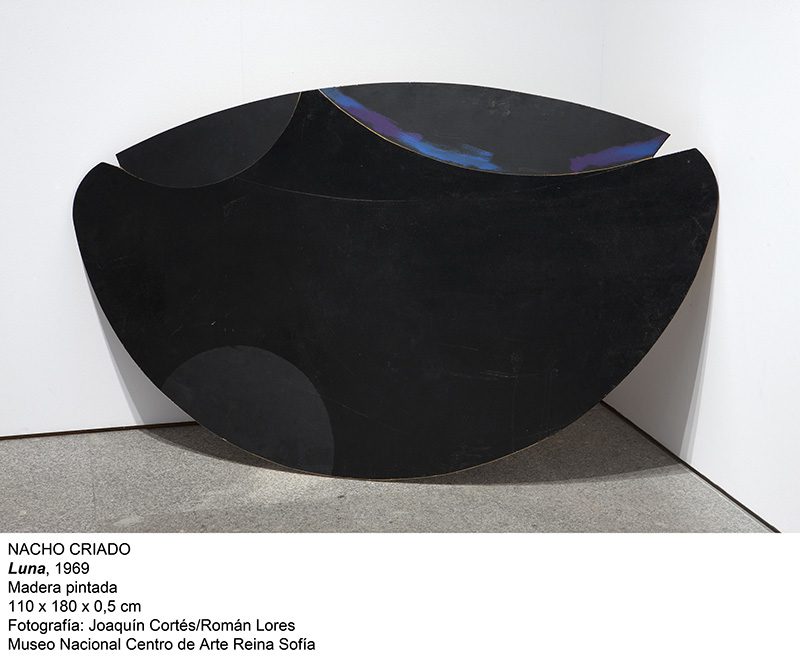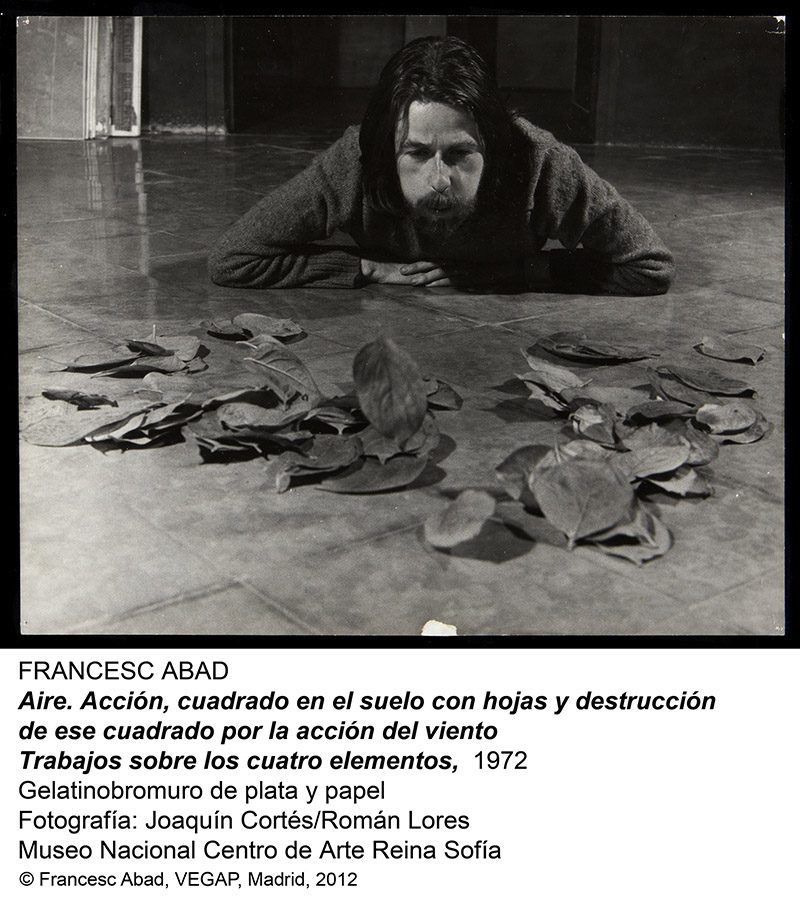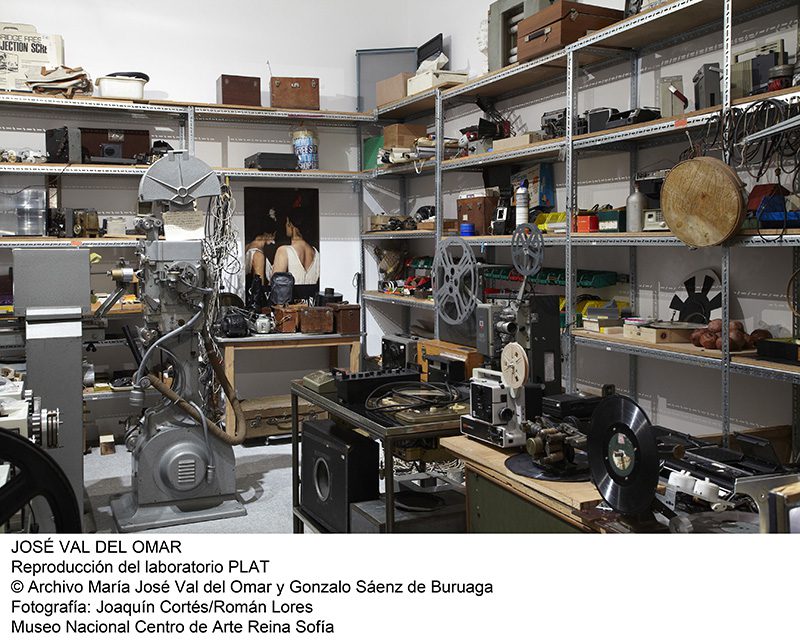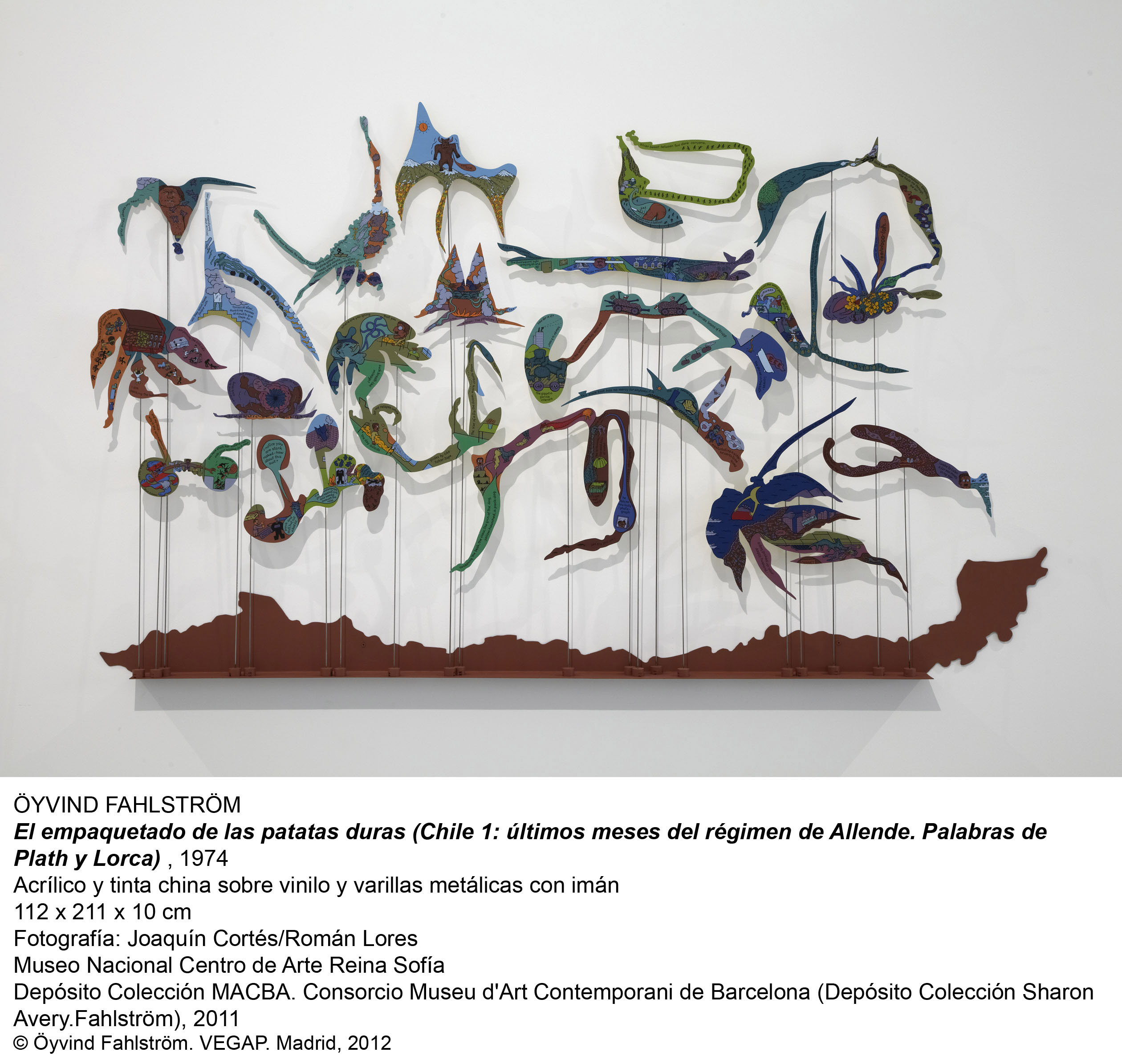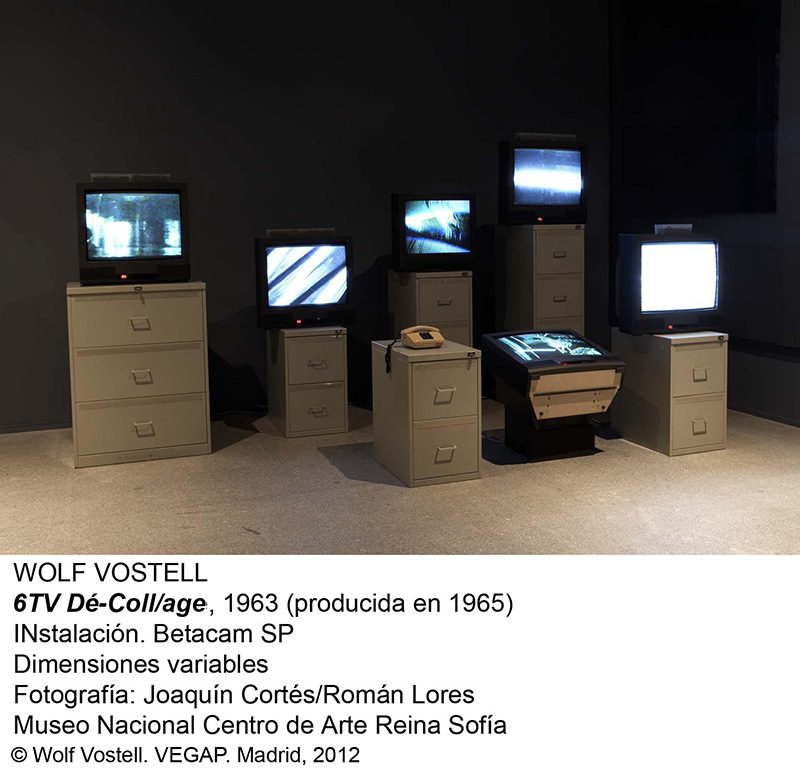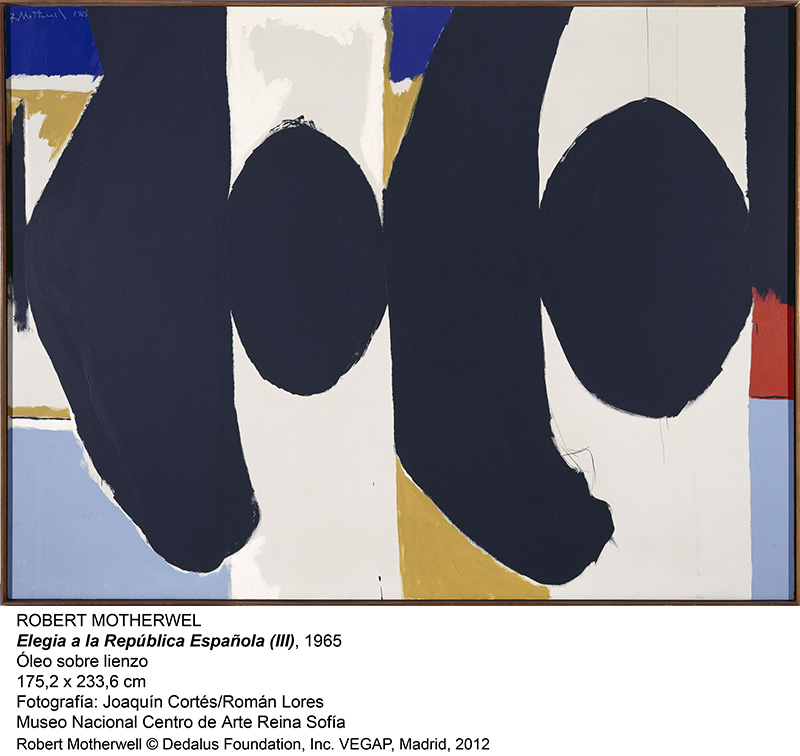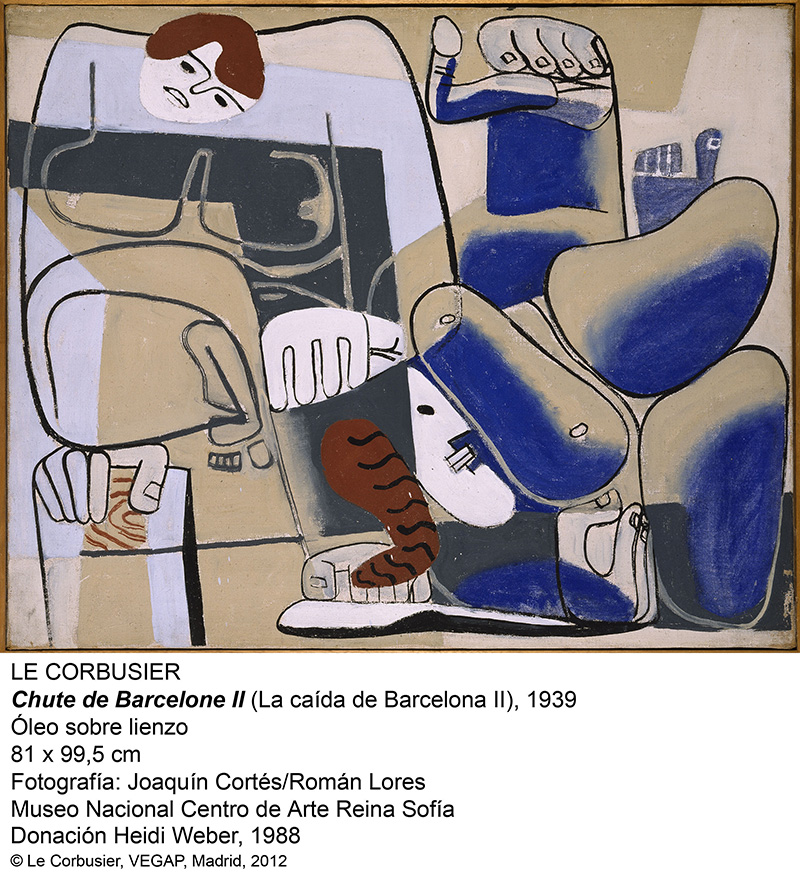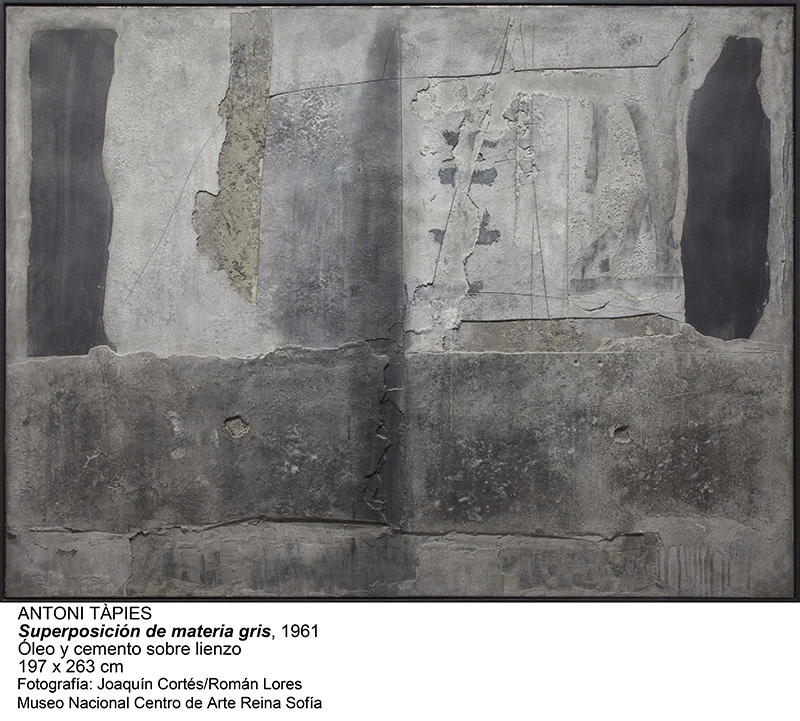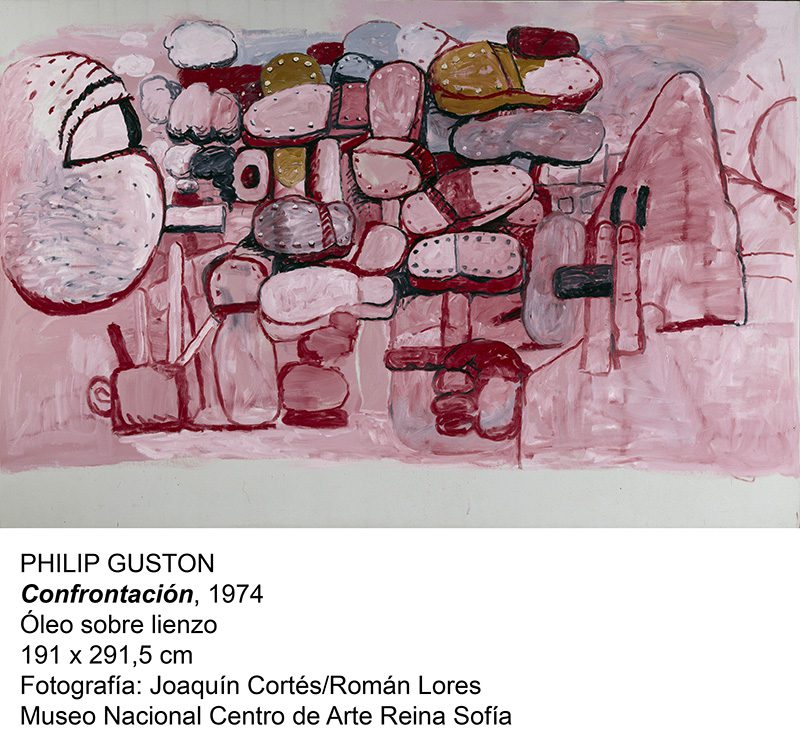GREAT MUSEUMS: Museo Nacional Centro de Arte Reina Sofía
 In May 1988, the Museo Nacional Centro de Arte Reina Sofía was created, although it had been operating as an Art Centre since 1986. The permanent collection of the Museo Reina Sofía includes works produced between the late 19th Century and the present day. It currently boasts over 20,000 works in every artistic medium.
In May 1988, the Museo Nacional Centro de Arte Reina Sofía was created, although it had been operating as an Art Centre since 1986. The permanent collection of the Museo Reina Sofía includes works produced between the late 19th Century and the present day. It currently boasts over 20,000 works in every artistic medium.
By Efi Michalarou
Photo: Museo Nacional Centro de Arte Reina Sofía Archive
The exhibited collection is divided in three parts: Collection 1: The Irruption of the 20th Century: Utopias and Conflicts (1900-1945). The Collection starts with the end of the 19thCentury, addressing the conflicts between a dominant Modernity, understood as progress, and its multiple discontents, as an ideology under constant challenge both in the social and the political fronts, and the cultural and artistic ones. While Cubism defines the modern, ephemeral and multiple gaze, Dada and Surrealism free the subject from the moral and social repression, giving free reign to desire and to the social and individual unconscious. During the 30’s, the Avant-Garde integrates experimentation and construction, the individual and the collective, becoming a poetic form of rewriting the present. Collection 2: Is the War Over? Art in a Divided World (1945-1968). On the fourth floor, the Collection covers the artistic transformations occurring in the post-war period, during the development of the tension-ridden international geopolitical scenario involving two different worlds and two antagonistic systems, the United States and the Soviet Union. Following the blow that the Holocaust and World War II (which had its rehearsal in the Spanish Civil War) dealt to the utopian ambitions of the Avant-Garde, Modernity isolated itself in its autonomy in order to explain the world. Collection 3: From Revolt to Postmodernity (1962-1982). The period from the ‘60s to the ‘80s, the years that the new rooms in the Collection explore, is when the political, social, cultural and technological changes that would give shape to the contemporary global situation took place: decolonization, the uprisings of ’68, feminist movements, the economic crisis, the expansion of popular culture and the emergence of other peripheral modernisms. It was also the moment that the art system found its specific field to be overflowing, spilling directly into the arena of all these processes, at the risk of losing the specificity of its conventional media – painting and sculpture – and even of its aesthetic mission. Under the notion of the death of the author, artists repudiated the paternity of the work they created, proclaiming it to be open to a diverse range of readings and experiences.



